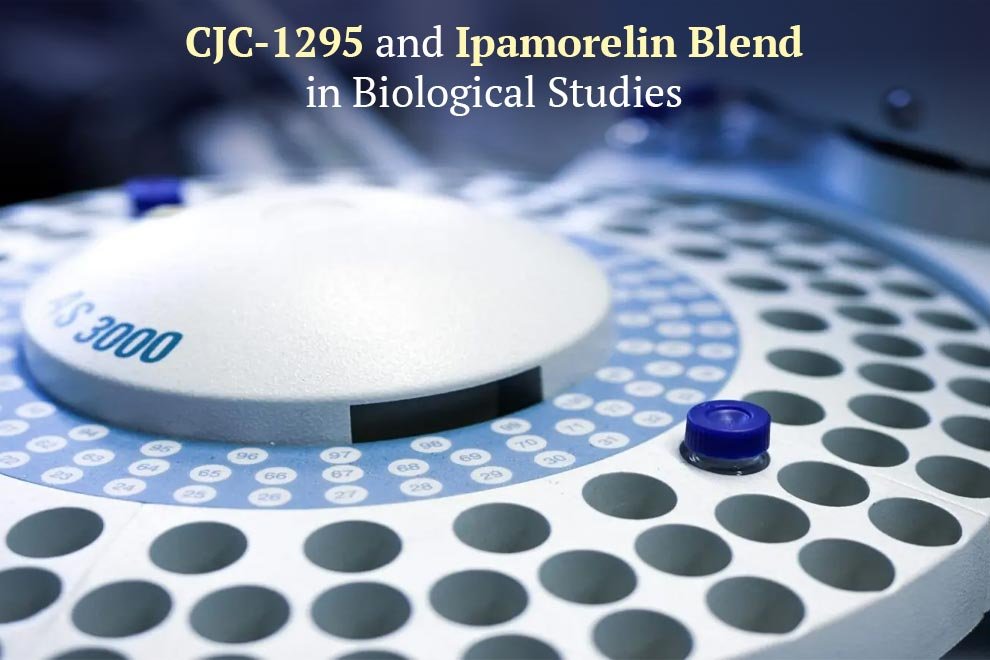Key Highlights:
- Researchers from the American Chemical Society used high-speed recordings to determine the best fabric mask design.
- Simple face masks were created out of 17 readily available materials.
- Masks made of cotton or polyester performed significantly better after washing
During the epidemic, it was discovered that wearing cloth masks, bandanas, or scarves on a wide scale may dramatically reduce transmission. Their effectiveness, however, varies, and they mostly function as “source control”: they provide some protection from particles entering the body while reducing how much the wearer expels.
But how effective are they, particularly in stopping a sneeze?
Testing Effectiveness

Researchers from the American Chemical Society’s Biomaterials Science and Engineering journal utilised high-speed recordings of a person sneezing to determine the best fabric mask design.
Face masks assist to prevent illness spread by obstructing small, virus-laden droplets that are released via the nose and mouth when a person talks, coughs, or sneezes. A few experiments have been performed to evaluate the efficiency of various textiles in preventing machine-made droplets and aerosols, but none have been conducted under the explosive circumstances of a real human sneeze.
Shovon Bhattacharjee, Raina MacIntyre, and colleagues at the University of New South Wales sought to examine how effectively masks composed of different materials and layers prevented respiratory droplets from a healthy adult’s sneezes.
Analyzing a Sneeze

The researchers created simple face masks out of 17 readily available materials. Each mask featured one, two, or three layers of cloth, which may be the same or different. Each mask was put on by a healthy 30-year-old volunteer who tickled the inside of his nose with tissue paper on a cotton swab and then readjusted the mask shortly before a sneeze.
The researchers recorded high-speed films of his sneezes and calculated the intensity of droplets in the pictures 2 cm from his lips. The droplet-blocking capacity increased more than 20-fold with each fabric layer. Surprisingly, all three-layer fabric combinations evaluated by the researchers were more effective than a three-layer surgical mask.
The most effective droplet-blocking masks had a hydrophilic inner layer of cotton or linen, an absorbent middle layer of a cotton/polyester blend, and a hydrophobic outer layer of polyester or nylon. Machine washing had no effect on the masks’ performance; in fact, masks made of cotton or polyester performed significantly better after washing due to pore shrinking. The researchers aim to conduct further tests with people of varying ages in the future.
Also Read:- 6 Tips for Managing Pain in the Age of COVID-19










